Transit carried 77.3 percent as many riders in December of 2024 as the same month in 2019, according to preliminary data released late last week by the Federal Transit Administration. That’s down from 78.4 percent in November. Ridership for calendar year 2024 ended up being 76.5 percent of 2019.
Highway data will be added as soon as it is available. For a discussion of Amtrak and airline data, see this post from last week.
Because monthly numbers are preliminary and FTA updates prior months with each new release, I went through and corrected transit numbers for previous months in the above chart. I counted only 96.55 percent of February 2024 riders as that month had one more day than February 2019. As corrected, transit reached a peak, relative to pre-pandemic levels, of 78.7 percent in October, and dropped in both November and December.
Buses carried slightly more than 82 percent as many riders in 2024 as in 2019, while rail carried less than 71 percent. The trends for major urban areas are about the same as in previous months, meaning New York (79.1% for the year), Los Angeles (83.2%), Miami (86.4%), Dallas (81.9%), and Houston (85.8%) did better than average while Chicago (66.4%), Philadelphia (68.9%), Atlanta (57.2%), Boston (70.4%), Detroit (67.6%), and Phoenix (59.9%) did worse than average for the year. Of the 60 largest urban areas, transit systems carried more riders in 2024 than 2019 only in Richmond and Tucson, mainly because those two cities are still providing transit for free, which they started doing when the pandemic began.
Transit agencies provided 95 percent as much service (measured in vehicle miles) in December 2024 as in the same month of 2019, and 94 percent as much for the year. To keep this service running, agencies received a windfall from various Congressional COVID relief bills and many agencies are beginning to run out of that money.
For example, the Memphis Area Transit Authority abruptly announced to the Memphis city council last week that it would run out of money this month and needed an injection of $5 million to continue running through the month. The city council was unimpressed by a presentation made by the transit agency about its finances.
“These presentations are equal to masturbation,” said one councilwoman. “They make you feel good, but this is not real sex.” Unless the agency provided “real numbers, a real budget, a real audit,” she continued, it was just “playing with the citizens.” While some people found that metaphor “cringe-worthy,” it is clear that she and other members of the council were annoyed that the agency would spring this emergency on them at the last minute.
This is going to be repeated in cities across the country. While transit plays an important enough role to get more tax dollars in big urban areas such as New York and San Francisco, people in smaller cities where transit ridership is a rounding error compared with auto travel are going to be more skeptical. Yet few transit agencies have done anything to justify their post-pandemic existence other than to cry about a fiscal cliff.
As usual, I’ve posted an enhanced spreadsheet that includes totals by year, mode, transit agency, and urban area. On the trips (UPT) and service (VRM) worksheets, the raw FTA data are in cells A1 through JZ2304, with annual totals for 2002 through 2024 in columns KA through KW, mode totals in rows 2310 through 2331, transit agency totals in rows 2340 through 3339, and urban area totals in rows 3341 through 3831. Columns KX through KZ compare December 2024 with December 2019, calendar year 2024 with 2019, and December 2024 with December 2023.

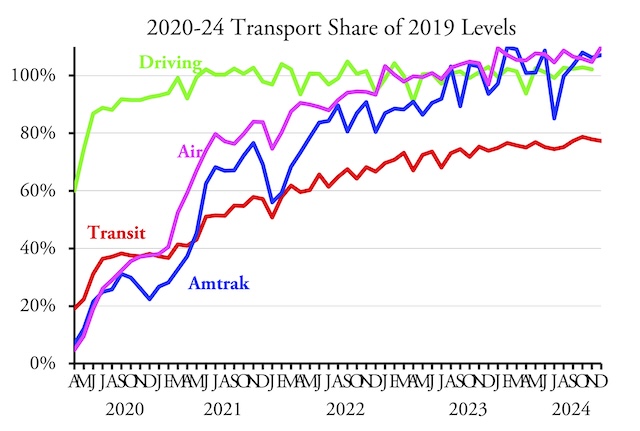
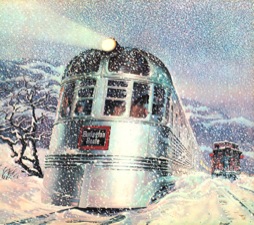


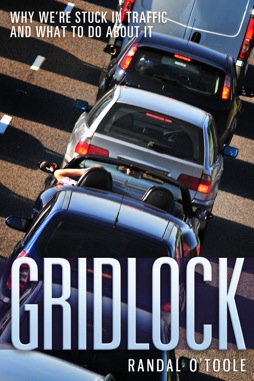
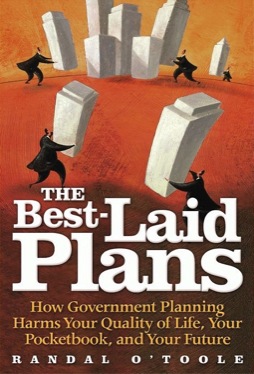
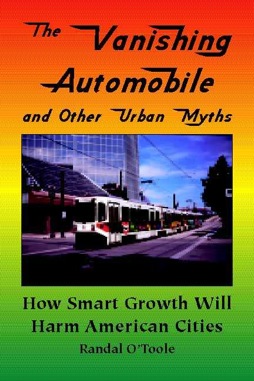
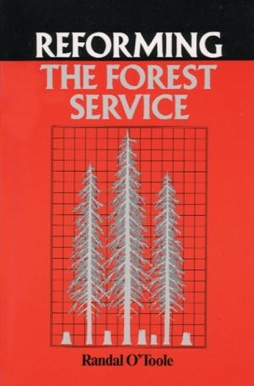
people bought used cars.
some now work remotely.
boomers retired and don’t get out much now.
cities built out to where there is no transit.
other things happened too. life is complex and a transit solution is far too simple to solve much
remote work, large scale, is mainly tech, programming, code-world? some paleces the percentage is high but many…not so much? and outside of the northeast, how much has massive fixed route transit taken a share a way from car-driving? how many double digit car reduction plans, iow? in raleigh nc, I lived in the northern part of town and commuted to the northern part of town…not anywhere near the central core. and then did delivery work all over the place.